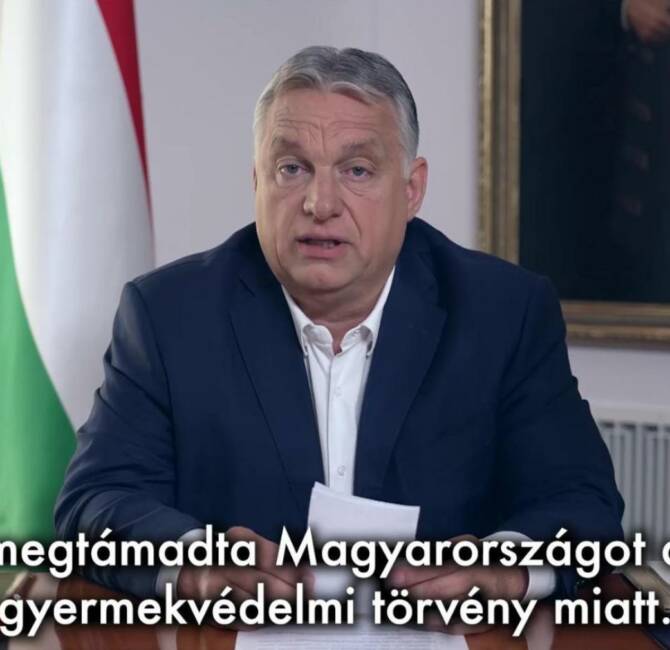Central Europe – The latest published economic figures indicate the persistence of high inflation in Central Europe, particularly in the four countries of the Visegrád Group, with the situation being particularly serious in Hungary.
Hungary’s annual inflation at 25.7 percent in January
The inflation trend is indeed quite dramatic in Hungary, where the annual inflation rate has been rising steadily for the past year, from 8.3% in February 2022 to 20.1% in September 2022 and now 25.7% in January 2023, a level that had not been reached in the last 25 years. It should be noted that the goods that have increased the most include fuels, but also food products (+44%), while services increased by “only” 11.3% in the year to January.
Although not as high as in Hungary, inflation has also reached record levels in Czechia, with the annual inflation rate rising to 18 percent last September from 11.1 percent in February 2022. It then fell back to 15.8 percent in December 2022 before rising again to 17.5 percent in January 2023. In Czechia too, inflation is primarily fed by rising energy and food prices, but also by very significant increases in the price of water.
In Poland, inflation also rose sharply between February 2022, when it stood at 8.6%, and its October peak at 17.9%. It then fell slightly in November 2022 (17.5%) and December 2022 (16.6%) before rising again to 17.2% in January. In Slovakia, like in Hungary, inflation rose continuously over the course of last year, from 8.4 percent in February 2022 to 15.4% in December.
Baltic states also particularly affected
Among the other countries in the region, prices have also risen particularly fast in the three Baltic countries, with December annual inflation rates standing at 21.7% in Lithuania, 21.5% in Latvia, and 18.6% in Estonia. Elsewhere in Central Europe, inflation currently stands at 16.4% in Romania (December 2022), 15.1% in Serbia (December 2022), 13.1% in Croatia (December 2022), and 10% in Slovenia (January 2023).
However, these figures must be taken as indicators and not as directly comparable data, as many parameters are taken into account and calculation methods sometimes vary between countries.




